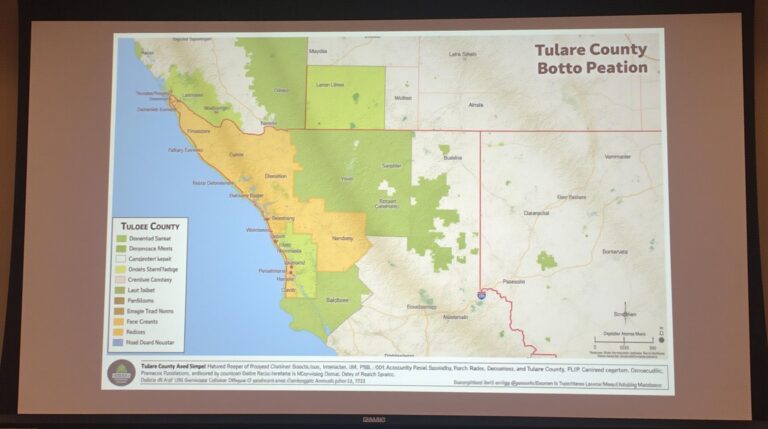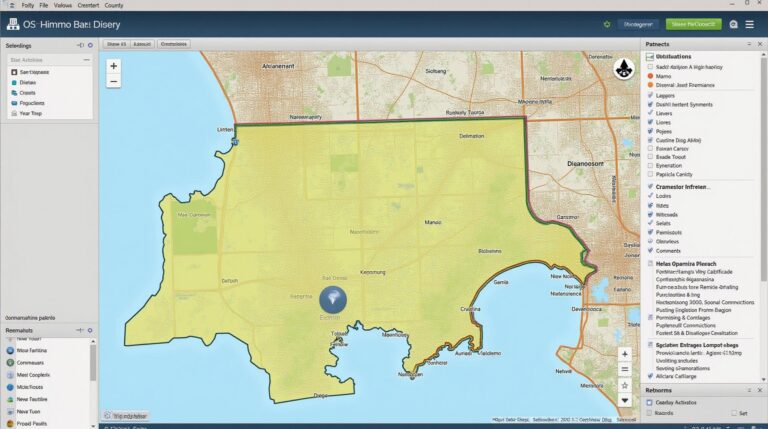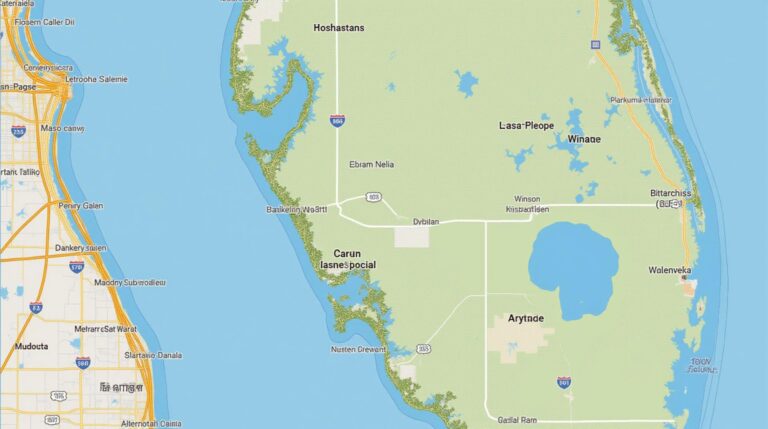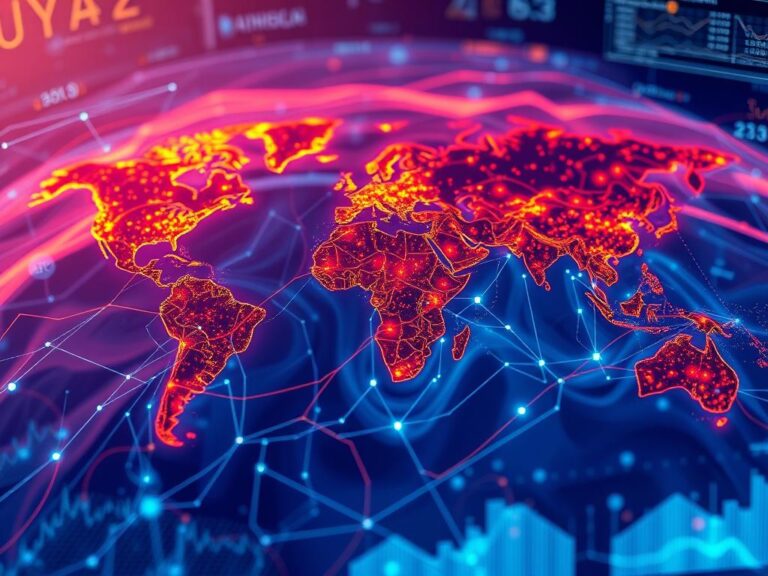GeoAI for Smart Energy Grids – Load Balancing
GeoAI for Smart Energy Grids: Load Balancing
In today’s world, smart grids play a crucial role in ensuring sustainable and reliable energy delivery. A core component of smart grid management is load balancing, which effectively distributes energy demand across various generators and distribution pathways. GeoAI has emerged as a powerful tool in this endeavor, leveraging geographic data and Artificial Intelligence (AI) to optimize load balancing strategies.
Understanding GeoAI
GeoAI, short for Geographical Artificial Intelligence, is the application of AI algorithms to understand and analyze geographic data. This powerful amalgamation of technologies allows companies like utilities to analyze vast amounts of geographic information such as power plant locations, weather forecasts, and population density trends. These data points can then be used to optimize system performance, reduce energy waste, and improve resilience.
The Need for GeoAI in Load Balancing
Load balancing is crucial in maintaining grid stability and efficiency. It involves intelligently adjusting energy production and distribution based on real-time power demand. Traditional load balancing methods often rely on historical data, making them less effective in dynamic situations with unpredictable peaks and troughs in energy demand. GeoAI offers a more sophisticated approach, incorporating insights gained from geographic factors that can influence energy consumption.
Key Features of GeoAI for Load Balancing
- Dynamic Electricity Forecasting
- Micro-grid Integration
- Demand Response Management
- Real-Time Assessment
GeoAI algorithms can analyze weather patterns, energy demand trends, and various other geographic factors to provide more accurate electricity predictions. This allows for proactive adjustments in energy production and distribution, preventing blackouts and ensuring power stability even during peak demand periods.
GeoAI is pivotal for incorporating and managing distributed energy resources, such as rooftop solar panels and battery storage systems. These systems can contribute to load balancing when connected to central power grids. GeoAI can optimize generator allocation based on geographical terrain and proximity to energy consumers.
GeoAI offers insights into population density and consumption patterns to inform demand response programs. Dynamically adjusting energy consumption based on real-time alerts and incentives by communities and individual users can enhance the effectiveness of load balancing.
When integrated with renewable and distributed energy sources, GeoAI can monitor grid performance in real-time. It helps identify areas of congestion or overloads, facilitating quick and effective interventions to maintain network reliability and enhance grid stability.
Benefits of GeoAI in Load Balancing
Implementing GeoAI for load balancing offers substantial benefits for electricity providers, grid operators, and consumers:
* **Peak Demand Management:** Improved predictive capabilities ensure energy supply during peak hours, reducing stress on the grid and potentially lowering costs.
* **Enhanced Grid Reliability:** GeoAI can assess risks faster, optimizing grid resilience against blackouts and outages by anticipating potential issues.
* **Increased Flexibility:** Organizations can adapt to fluctuating energy demand by utilizing the distributed energy resources effectively, achieving greater energy efficiency through integration with renewable sources.
* **Reduced Emissions:** GeoAI promotes efficient energy scheduling, ultimately contributing to a cleaner and more sustainable energy system.
Practical Applications of GeoAI in Load Balancing
GeoAI is already being implemented in various ways to enhance load balancing across smart grids:
* **Municipal Power Grids**: GeoAI assists municipalities in optimizing charging station utilization, supporting electric vehicle adoption, and planning for future renewable energy integration, contributing to a low-carbon economy.
* **Renewable Energy Project Development:** GeoAI helps analyze the geographic suitability for installing solar panels, wind turbines, and other renewable energy systems, enhancing their efficiency and cost-effectiveness.
Resources for Further Exploration
- Google search : Provides keyword search to find reliable articles on GeoAI
- Microsoft: Offers various AI for smart grids platforms to explore and integrate
Understanding and adopting GeoAI for smart grid load balancing signifies a critical step towards a more sustainable and resilient energy future. Through leveraging its powerful capabilities, organizations can unlock unprecedented capabilities in optimizing energy resources and improving the overall efficiency of our power grid.
Check similar topics:
GeoAI Load Balancing FAQs
This section provides answers to common questions about geoAI load balancing.
What is GeoAI Load Balancing?
GeoAI load balancing is a revolutionary technique for distributing user requests efficiently across geographically distributed servers.
This ensures optimal performance, low latency, and a seamless user experience regardless of location.
What are the main formats used in GeoAI Load Balancing?
- Varnish Layer7 Reverse Proxy: This combines a caching layer with load balancing, providing a robust and efficient solution for dynamic websites.
- AWS Elastic Load Balancing: Leverage Amazon cloud infrastructure for scalable and reliable load balancing.
- Google Cloud Load Balancing: Utilize Google Cloud Platform for geo-distributed load balancing.
- Akamai Cloud Platform: Benefit from Akamai’s extensive network infrastructure for global applications and content delivery.
What benefits does GeoAI Load Balancing offer?
GeoAI load balancing provides several advantages, including:
- Improved Service Availability: Users experience consistent performance and minimal downtime.
- Regional Latency Reduction: Deliver content faster to a user’s geographical region, enhancing user experience.
- Scalable Architecture: Easily adjust load distribution based on traffic demand to meet growing needs.
How do I install GeoAI Load Balancing?
You can install GeoAI Load Balancing through one of these approaches:







